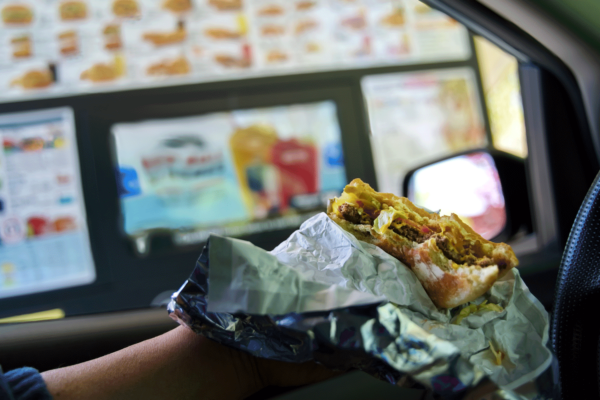There is nothing quite like hearing a song that gets you moving and yelling, “This is my jam!”
With a powerful brand strategy, you can make customers feel the same way about your business. Want it to be your chain’s brand stuck in their head all day? Check out this three-step process we‘re calling JAM: journey, advocacy, and menu.
With these JAM insights, you can gain a valuable understanding of what’s working and what isn’t from your customers’ perspective.
Journey: How do consumers become loyal fans?
To understand how consumers develop into loyal fans, you have to examine their journey – from knowing you exist to raving about you to their friends. Where do you lose people? Where are opportunities to dazzle them?
Tracking what consumers think of your brand is a must. Still, you might be missing out on a key ingredient: what they’re not telling you. Proactively addressing the needs they aren’t telling you about helps you attract not only first-time visitors, but customers that keep coming back.
Suppose your customers are becoming more health-conscious. In that case, they are likely seeking more healthy food options. That behavioral insight allows you to adjust your approach based on how consumers engage with you today.
Tracking the customer journey allows you to answer questions such as:
- What causes a customer to convert?
- Why are customers who are aware of your brand not trying it?
- Why are customers who regularly eat at your restaurant not recommending it to family and friends?
When you understand where a consumer engages—or when their journey with your brand takes a detour—you can focus on proactively addressing any issues and leveraging your strengths to keep customers moving forward on their journey.
Advocacy: What makes consumers recommend your brand?
Food has increasingly become part of our identity. As with pop culture, how people relate to food culture varies by generation. Baby boomers and Gen Z have different tastes when it comes to their favorite jam (that was a food pun and a music pun).
It’s a lot to keep up with, but paying attention to consumer food culture and the evolution of generational food culture can help you understand why consumers recommend your brand.
In this ever-changing world of social media “foodstagrammers” and self-proclaimed “foodies,” customers rely on their latest experience with your brand to guide their next steps:
- Sharing it (recommendations)
- Returning to it (loyalty)
- Obsessing over it (deeper connection)
That’s where the Net Promoter Score (NPS) can help. NPS is a tool that measures how likely someone is to recommend a brand to friends or family. Respondents are scored as brand detractors, passives, or promoters. Those scores are delivered as percentages to reveal changes, challenges, and opportunities for the brand.
Many factors impact a chain brand’s NPS. Some brands may find that they have a different NPS when segmenting their audience. For example, branding that resonates strongly with millennials may not resonate with Gen Z. Whataburger is a prime example of this. Based on NPS, millennials love Whataburger, but Gen Z is less enthusiastic. Through ongoing NPS analytics, Whataburger has changed its marketing strategy to narrow that gap.
It’s not enough to just track NPS – further in-depth insights are needed to help you understand where enhancements will turn happy customers into vocal advocates.
Menu: What do consumers think of your food experience?
Brand obsession is the new brand loyalty, and nothing achieves obsession status like mouthwatering flavors. What consumers think of your food experience is paramount.
When it comes to building your menu, there’s a simple benchmark brands should aim for: be great in at least one category and good in at least three others.
As a chain operator, you should evaluate:
- What do we want to be known for?
- What are we good at?
For example, consumers consider Panera Bread’s soup as best-in-class (even though the word ‘bread’ is literally in their name!). You may be surprised to learn that your signature item isn’t what has brand advocates singing your praises. Without a systematic approach to brand insights, you may just be relying on sales data or customer reviews—neither of which tell the whole story.
Armed with the answers to these fundamental questions, you can design a menu that gives your customers more of what they really want. Knowing where your menu stands amongst competitors offers opportunities for you to meaningfully address any gaps.
Discover your JAM
Unlocking the most powerful ways to think about chain branding requires both targeted information and the right tools. BrandFingerprints by Datassential offers that kind of insight, with more than 100 performance metrics covering every aspect of the consumer experience available for over 250 chains. With this powerful information, you can ensure consumers will keep jamming with you.








